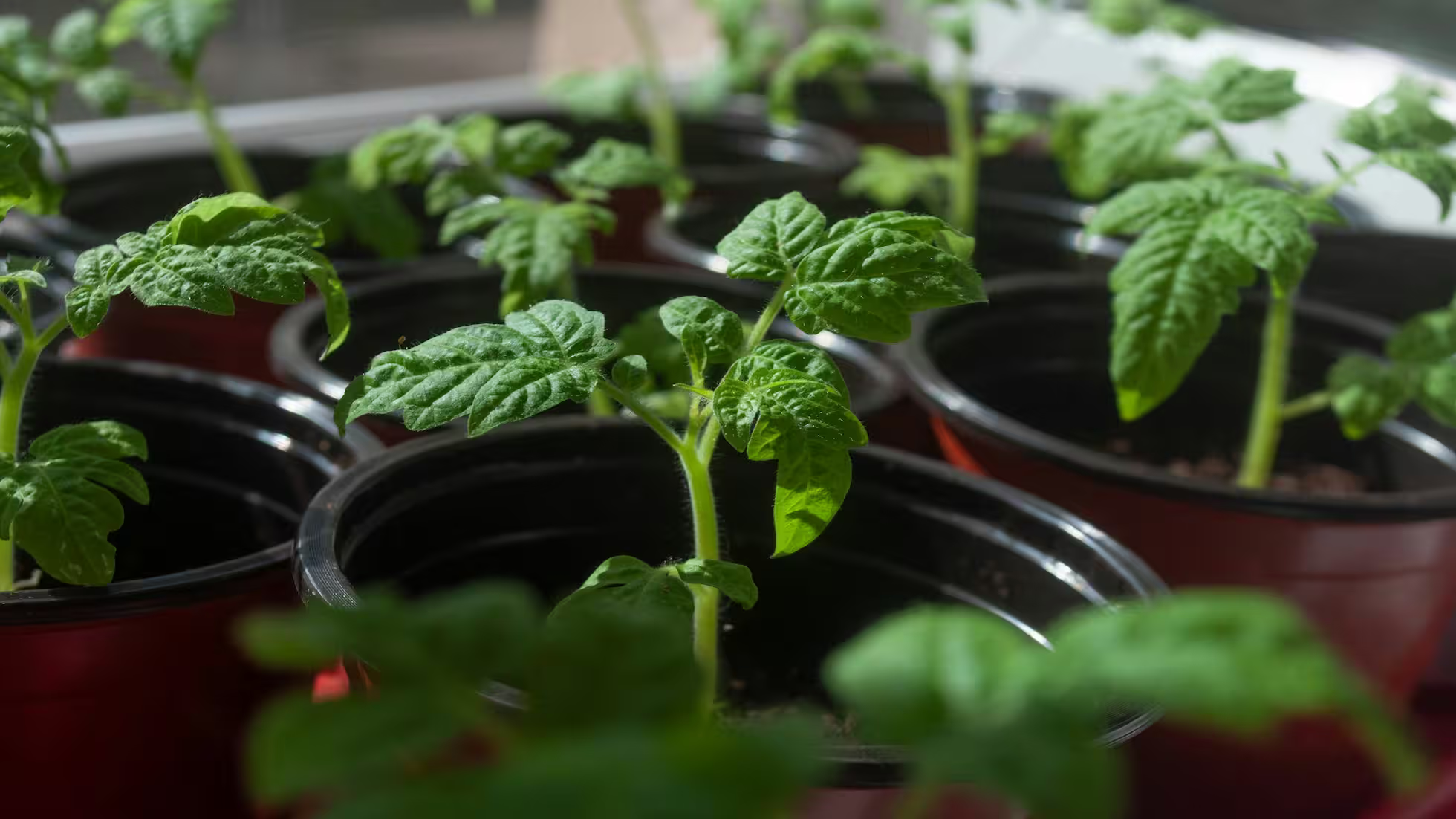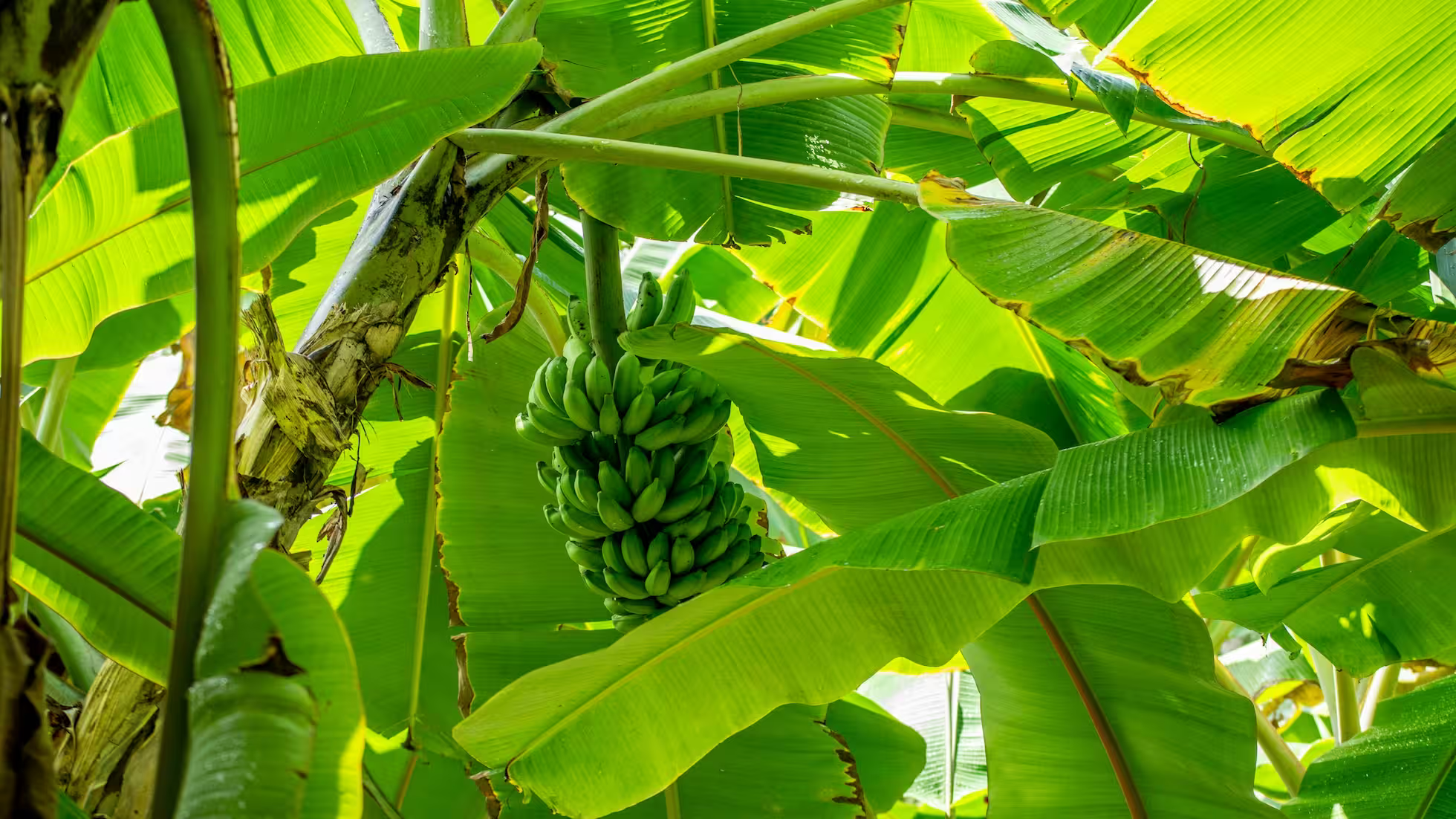Winter Rapeseed: Spring Field Management — Key Technical Points

I. Disaster prevention and mitigation to promote recovery
Forecasts indicate widespread rain‑snow and freezing in late January across key rapeseed regions, which may harm growth and yield. Rigorously implement “three resistances and two reductions”: anti‑cold, moisture conservation for cold resistance, strengthen seedlings for cold resistance; reduce disease losses and compensate residual losses.
- Cold protection: Cover with thermal materials and conserve soil moisture. In freeze‑injured fields, topdress per mu urea 3–5 kg plus KCl 3 kg, and foliar‑spray boron and growth regulators to aid recovery.
- Freeze response: In late‑sown lower reaches (Jiangsu, Anhui) and rice–rapeseed rotations (Jiangxi, Hunan) with low biomass and weak stress tolerance, UAV‑spray fluazinam‑hydroxamate or tebuconazole to promote new buds and suppress Sclerotinia.
- Use as green manure where necessary: In severely frozen total‑loss fields, plow down dead plants as green manure to improve fertility, and promptly replant spring potatoes or quick‑growing vegetables to reduce losses.
- Drainage and drought response: For waterlogging or drought, especially in rice–rapeseed paddies, clear ditches and maintain drainage; in upland areas (Yunnan–Guizhou plateau, Huang‑Huai), do inter‑tillage ridging and irrigate/sprinkle to improve soil moisture.
II. Differential management to speed spring growth
- Vigorous stands: Apply uniconazole or paclobutrazol to restrain apical dominance and promote branching. When bolting stems exceed ~30 cm, stop growth inhibitors; instead apply KCl 3–5 kg/mu to prevent lodging.
- Weak stands: Combine inter‑tillage loosening with urea 10 kg/mu to promote growth. If rows have closed, UAV‑spray brassinolide or similar regulators to accelerate improvement.
- Normal, strong stands: Foliar‑spray KH₂PO₄ plus boron to boost rapid spring growth, robust branching, lodging resistance, pollination and pod‑set for stable high yield.
- Boron‑deficient areas: In regions with boron deficiency (e.g., Hunan, Hubei, Jiangxi) or “flowering without pod‑set,” supplement boron in time to lift seed‑set and avoid yield loss.
III. One promotion + four preventions to secure flowering and podding
Cold damage can hinder boron uptake and cause splitting and flower‑without‑pod issues. Apply an integrated “promote + prevent” package.
- Balanced N‑P‑K with boron at early bloom; use mixes such as fluazinam‑hydroxamate + iminoctadine instead of broad‑spectrum fungicides for coordinated control and lower disease pressure.
- Aphid control: In Southwest and Huang‑Huai where temperatures may run high, intensify aphid management per plan; e.g., apply imidacloprid 10% WP at 40–60 g as labeled.
- Clubroot mitigation: In fields with heavy clubroot, foliar root‑promoting agents can induce new basal roots so plants survive with disease; 5 days later, supplement urea and KCl to restore growth.
IV. Timely mechanized harvest to cut losses
Losses at combine harvest can be high and seed quality suffer. Combine timely harvest with segmented mechanization to reduce loss and raise efficiency.
- Segmented harvest: Where rotation timing allows, promote segmented harvest. When ~80% plants turn loquat‑yellow, swath with a windrower, sun‑dry 5–7 days, then pick up and thresh with a self‑propelled unit to lower losses.
- Chemical desiccation + combine: Where timing is tight or equipment lacking, apply a desiccant by UAV at ~80% yellow‑ripeness; harvest with a combine about 5 days later on a sunny window to improve efficiency and reduce loss.
Implementing these measures helps address spring management challenges in winter rapeseed, safeguard plant health, improve yield and quality, and achieve a good harvest.
Published at: Jan 19, 2025 · Modified at: Dec 24, 2025



